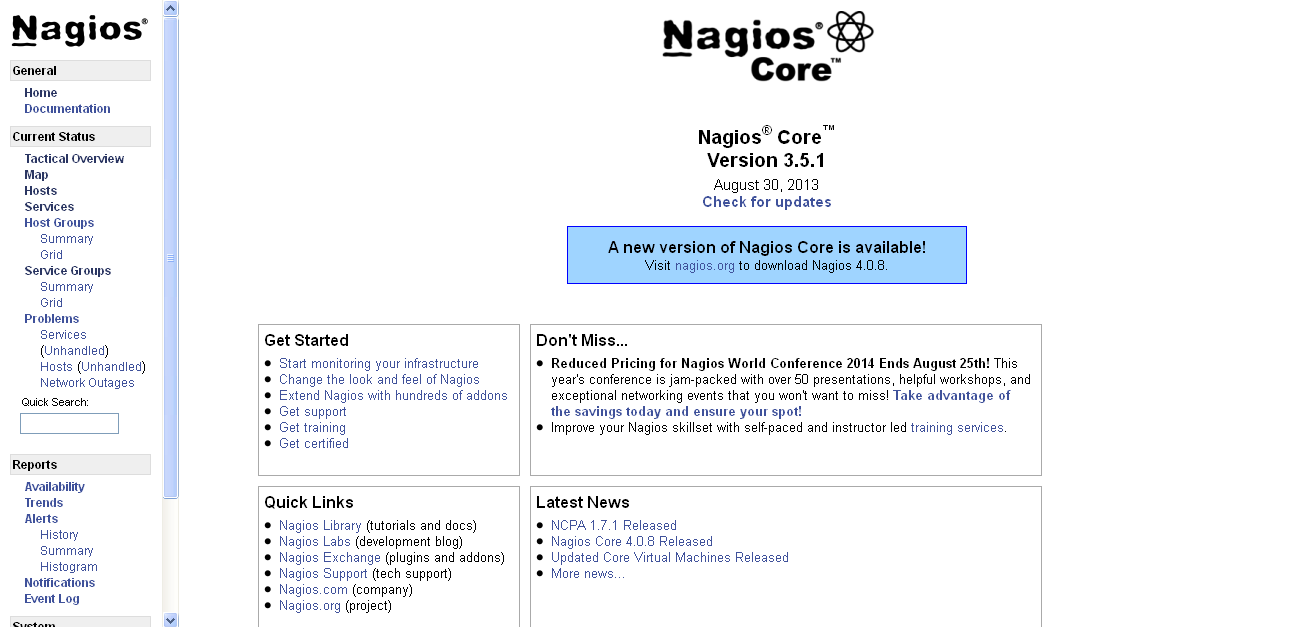File permissions
Linux uses the same permissions
scheme as Unix. Each file and directory on your system is assigned access
rights for the owner of the file, the members of a group of related users, and
everybody else. Rights can be assigned to read a file, to write a file, and to
execute a file.
Permissions on Unix systems
are managed in three distinct scopes or classes. These scopes are known as user(U),
group(G), and others(O).
Values for Read, Write and Execute.
Read - 4
Write - 2
Execute - 1
- The read permission grants the ability to read a
file. When set for a directory, this permission grants the ability to read
the names of files in the
directory, but not to find out any further information about them such as
contents, file type, size, ownership, permissions.
- The write permission grants the ability to
modify a file. When set for a directory, this permission grants the
ability to modify entries in the
directory. This includes creating files, deleting files, and renaming
files.
- The execute permission grants the ability to
execute a file. This permission must be set for executable programs,
including shell scripts, in order to allow the operating system to run
them. When set for a directory, this permission grants the ability to
access file contents and meta-information if its name is known, but not
list files inside the directory, unless read is set also.
Symbolic Way
|
Numeric Way
|
Permission
|
User (U)
|
Group(G)
|
Others(O)
|
--- --- ---
|
000
|
No Permission
|
--x --x --x
|
111
|
Execute
|
-w- -w- -w-
|
222
|
Write
|
-wx -wx -wx
|
333
|
Write & Execute
|
r-- r-- r--
|
444
|
Read
|
r-x r-x r-x
|
555
|
Read & Execute
|
rw- rw- rw-
|
666
|
Read & Write
|
rwx rwx rwx
|
777
|
Read & Write & Execute
|
|
|
|
|
|
To see the permission settings for a file, we can use the ls command as follows:
root@linuxstorages:~#
ls A1.html
-rw-r--r--
1 root root 353 Aug 25 18:13 A1.html
Here file
A1.html has the permission 644. Users have read & write, group and others
have only read permission.
CHMOD
Chmod command
is used to set permission for the files and folders.
Eg:
Numeric way of assigning permission to a file.
root@linuxstorages:~#
chmod 640 ab.txt
root@linuxstorages:~#
chmod 666 ac.txt
root@linuxstorages:~#
chmod 755 ad.txt
Eg:
Symbolic way of assigning permission to a file.
root@linuxstorages:~#chmod
ugo+x ab.txt
Adding
execution permission to all user, group and others.
root@linuxstorages:~#
chmod u=w,g=wx,o=x dd.txt
user –
write, group – write and execute, others – execute.
root@linuxstorages:~#
chmod u-wx,g-x,o-rw ac.txt
Removing
write and execute from user, execute from group , read and write from others.
What is
UMASK ?
The user
file creation mode mask [umask] is used to determine the file permission for
Normal and Root user.
Default
value for Folder 777
Default
value for File 666
For Root
user Umask value is 022
Type
|
Permission
|
Umask
|
Subtract
|
Folder
|
Permission
|
Folder
|
777
|
022
|
777-022
|
755
|
rwxr-xr-x
|
File
|
666
|
022
|
666-022
|
644
|
rw-r--r--
|
For Normal
user Umask value is 002
Type
|
Permission
|
Umask
|
Subtract
|
Folder
|
Permission
|
Folder
|
777
|
002
|
777-002
|
775
|
rwxrwxr-x
|
File
|
666
|
002
|
666-002
|
664
|
rw-rw-r--
|
To
understand the value of default UMASK value for Root and Normal user.
root@linuxstorages:~#
vi /etc/bashrc
CHOWN
Changing
the user ownership of a file or a directory.
root@linuxstorages:~#
chown <User Name> <File Name>
root@linuxstorages:~#chown
storage sample.txt
-R option
is used for recursive mainly for directories and have sub-directories.
root@linuxstorages:~#chown
–R storages /home/backup
Permission
will reflect to all it sub-directories in backup folder.
CHGRP
To change
a group for a file or a folder.
root@linuxstorages:~#
chgrp storages abc.txt
root@linuxstorages:~#
chgrp storages /data
will
change only to data folder.
root@linuxstorages:~#chgrp
–R storages /data
will
change all its sub directories in data folder.













